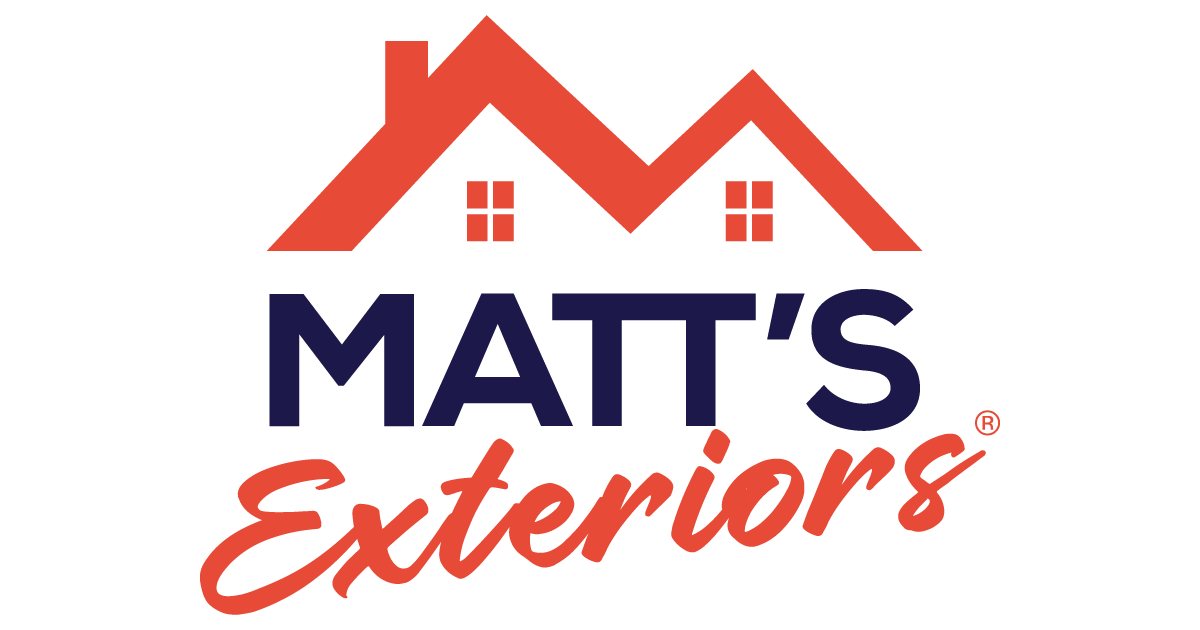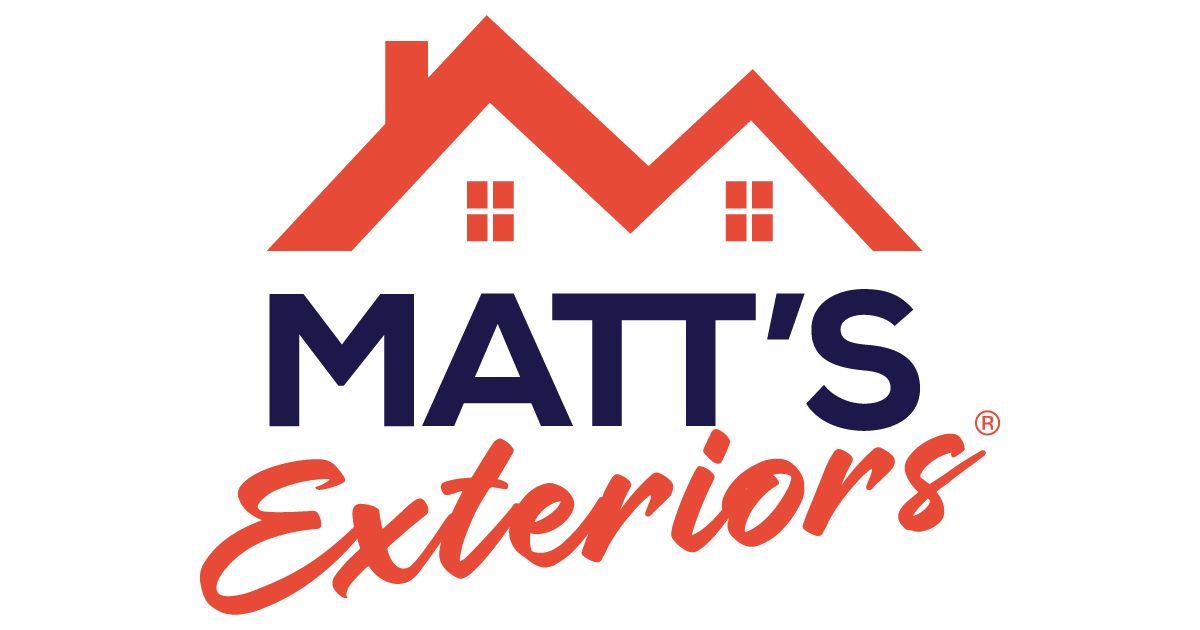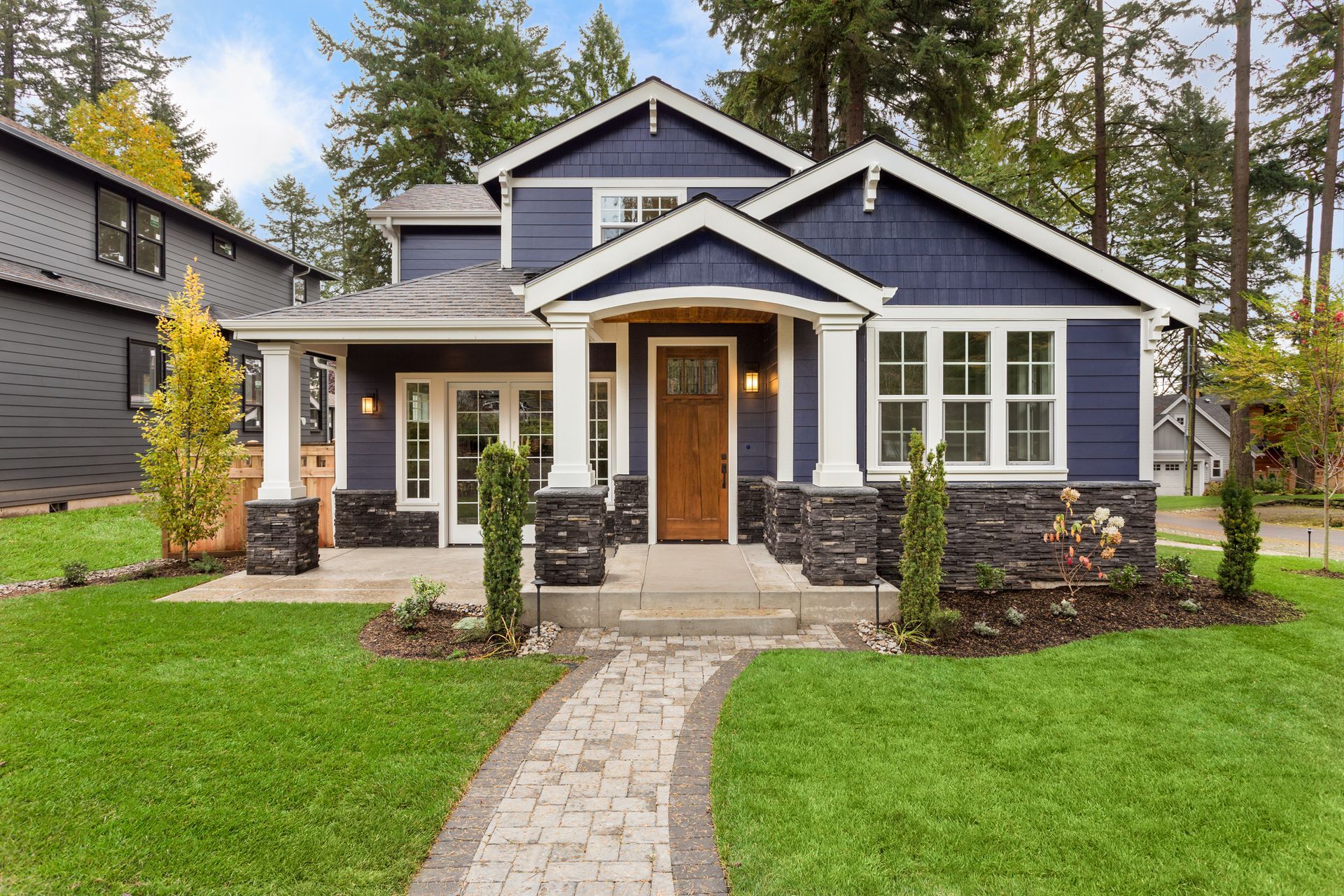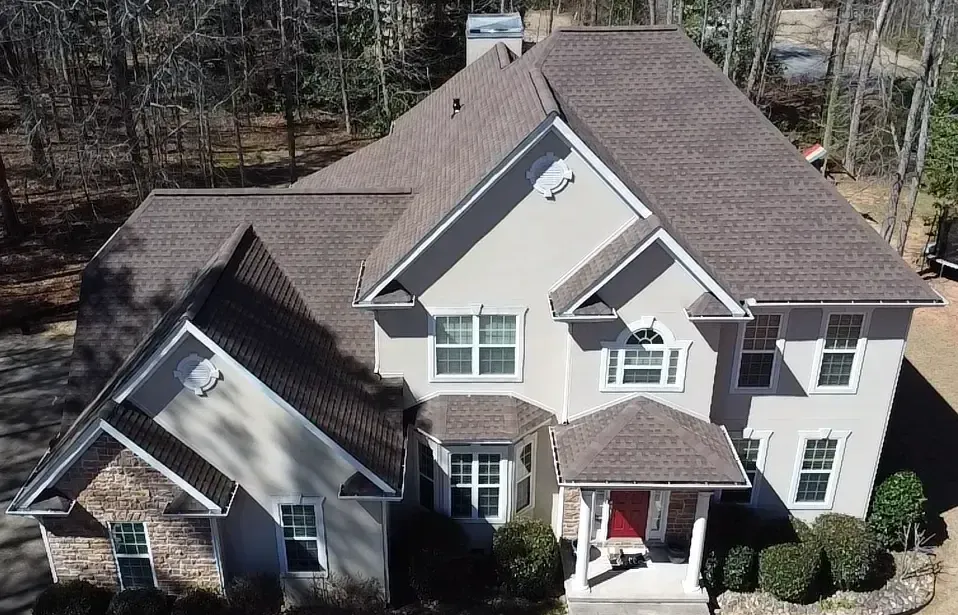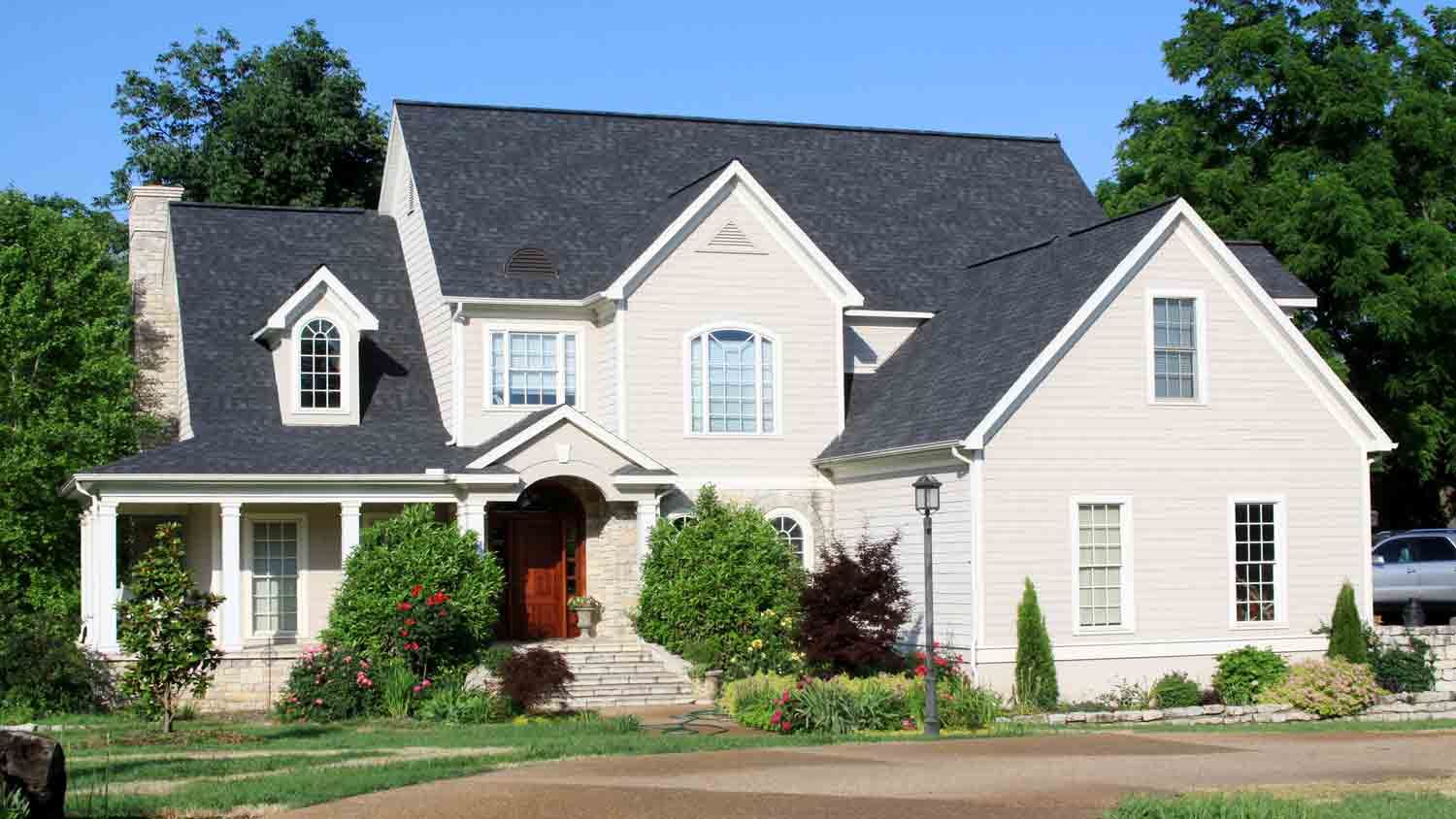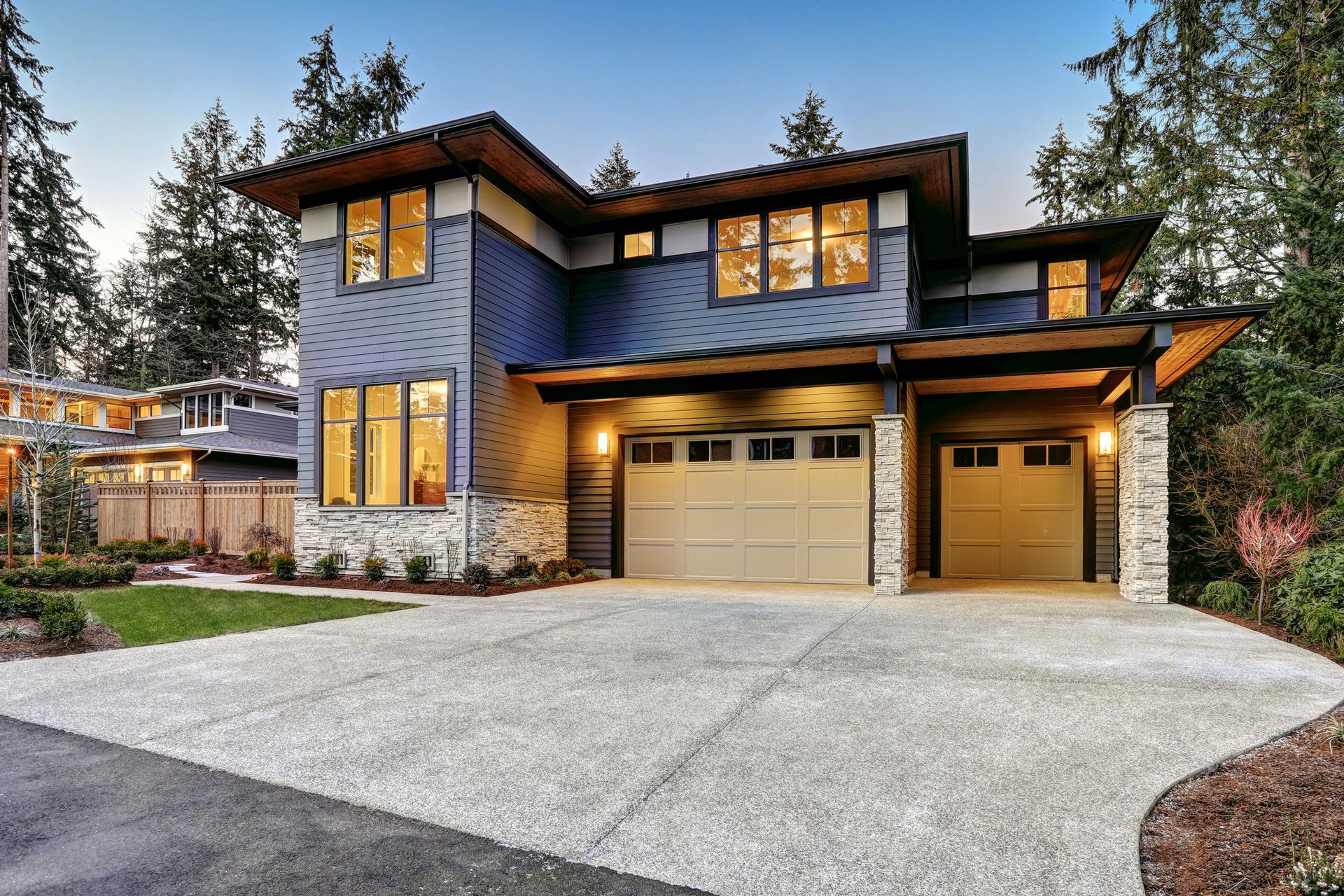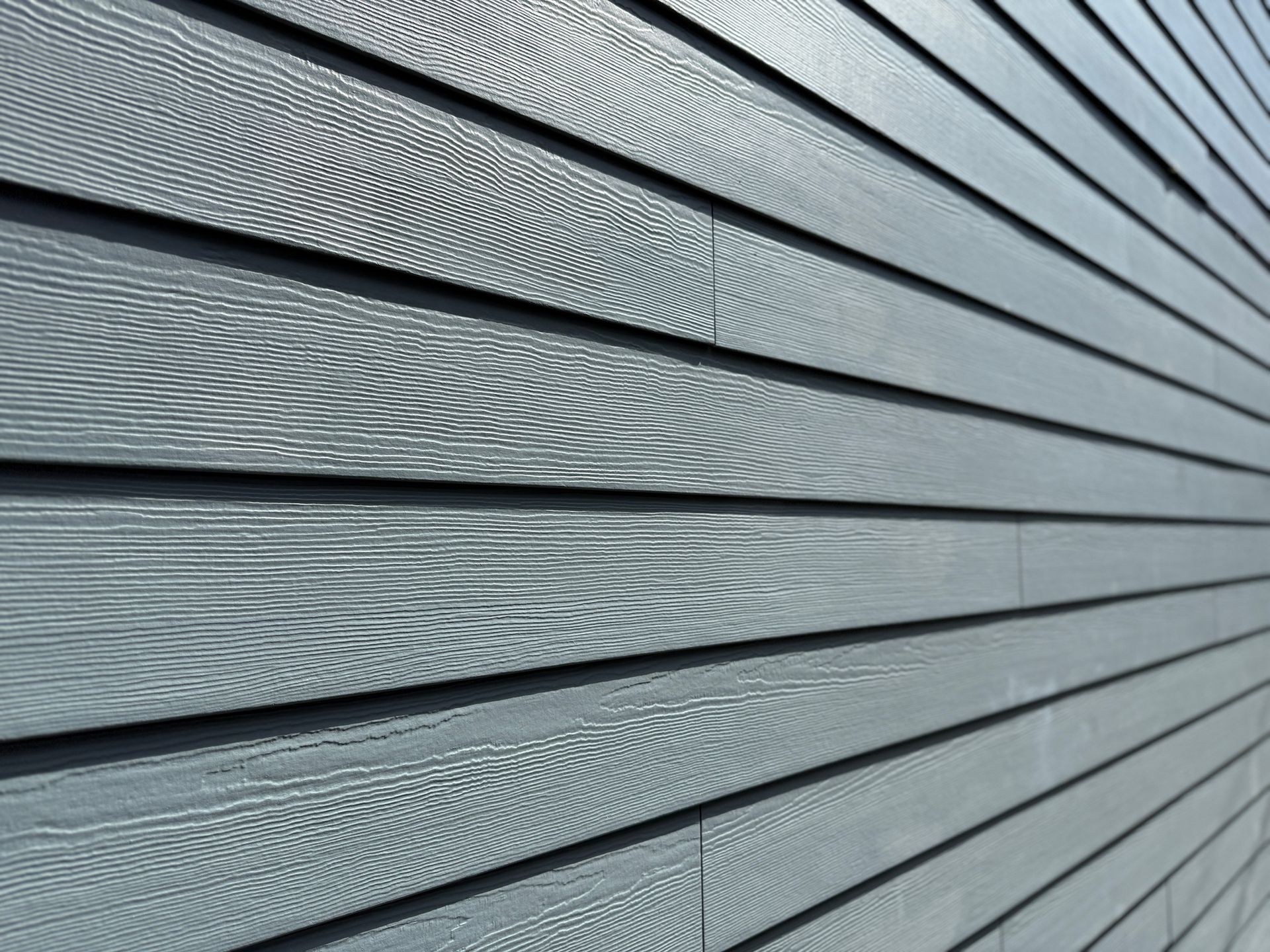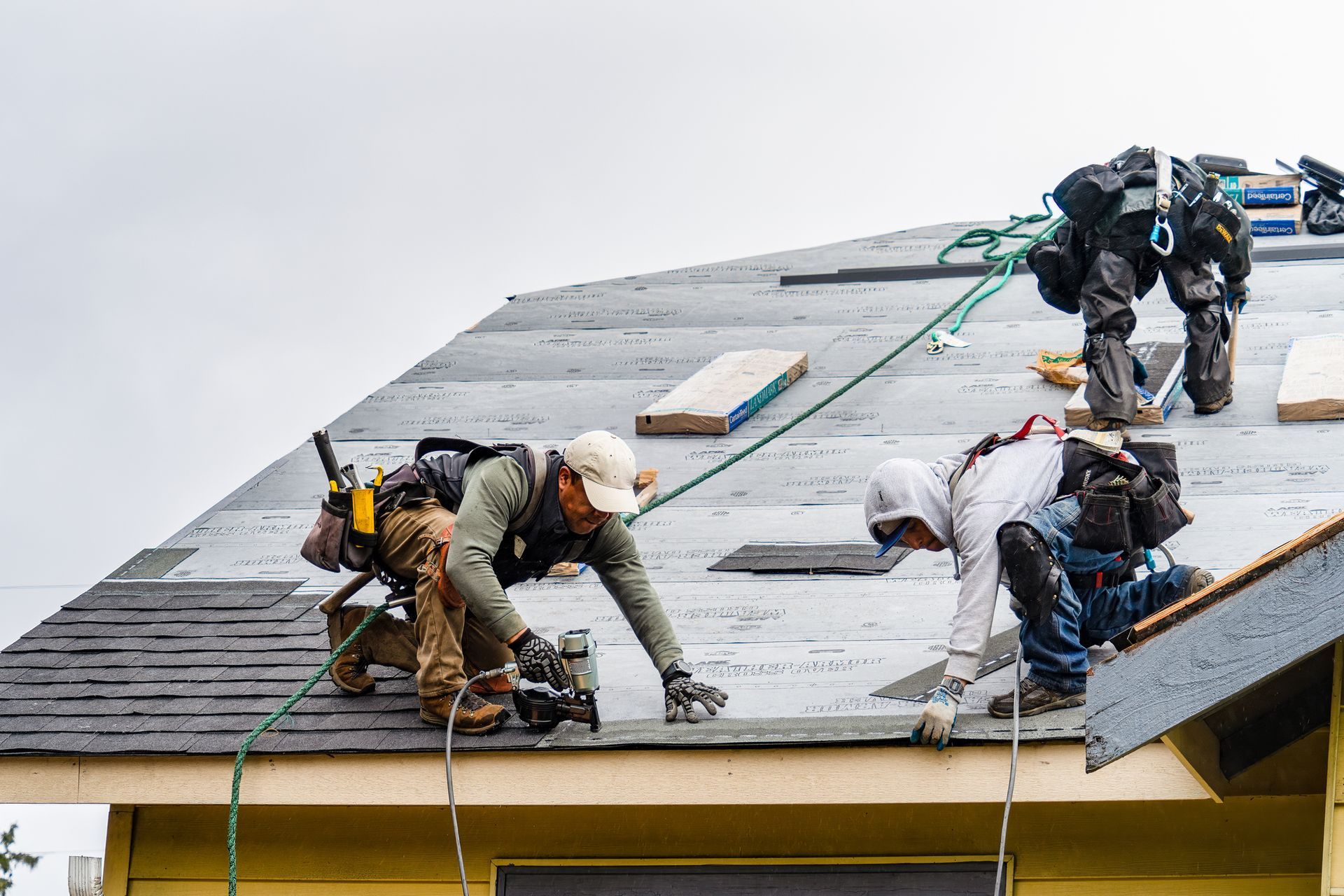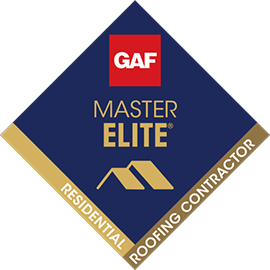Rolled Roofing vs. Shingles: What’s Best for a Low-Slope Roof?
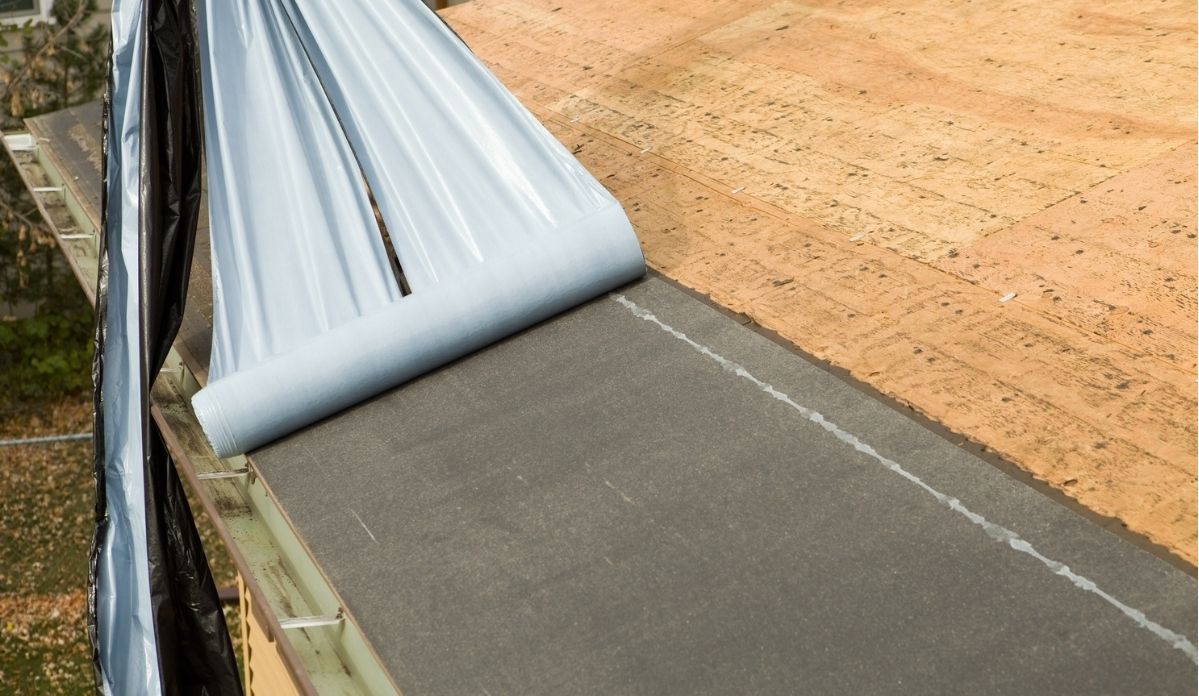
What Is Roof Pitch?
Roof pitch is the steepness of your roof, measured by how many inches it rises vertically for every 12 inches it runs horizontally.
- Example: A 4/12 pitch means the roof rises 4 inches for every 12 inches of horizontal run.
Why does pitch matter? Because water runoff changes drastically depending on slope — and flat or low-slope roofs need different materials to handle slow-moving water without leaking.
What Is Rolled Roofing?
Rolled roofing is an asphalt-based product that comes in large rolls. It’s applied in long sheets using nails, adhesives, or heat-welded seams.
Pros:
- Inexpensive
- Quick to install
- Works on roofs with very low or no pitch
Cons:
- Shorter lifespan than shingles
- Limited curb appeal
- Prone to seams separating or cracking over time
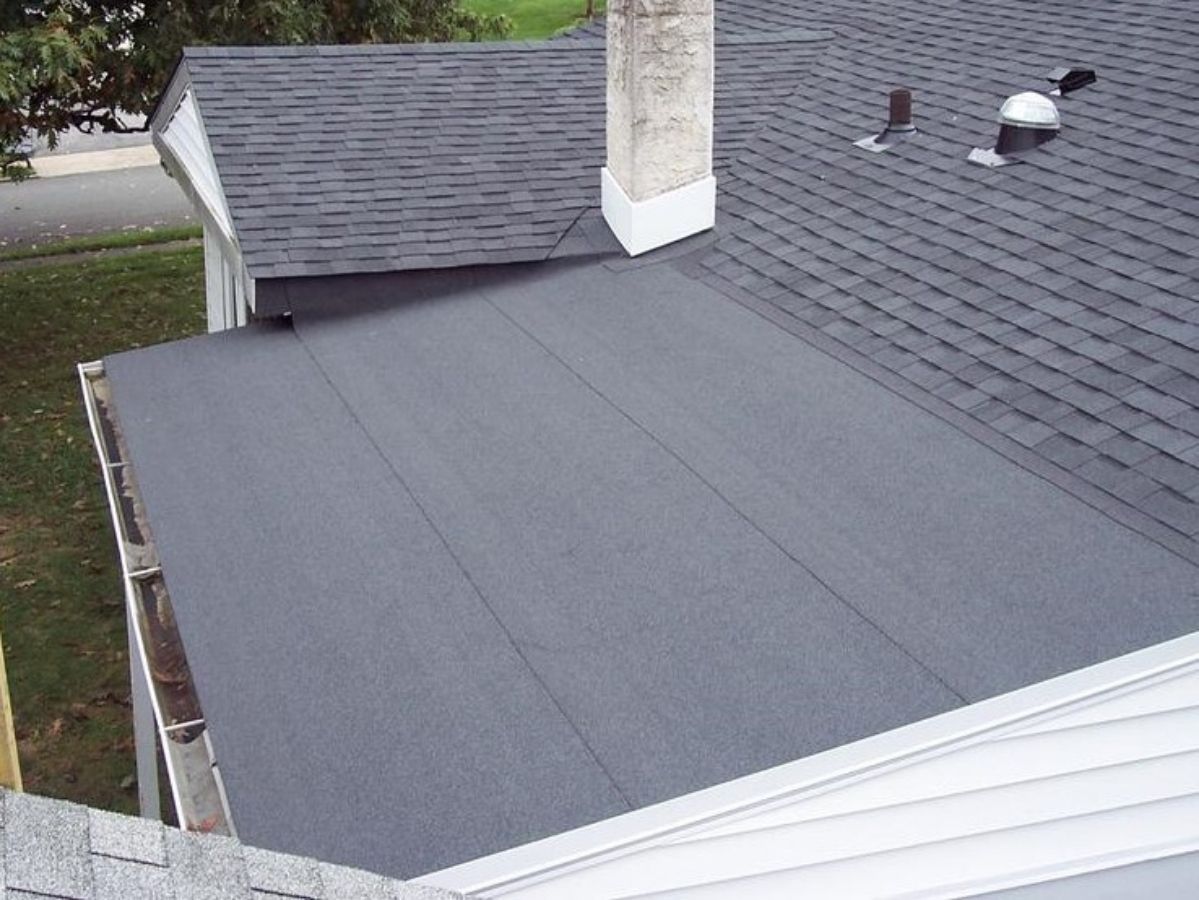
What About Shingles?
Standard asphalt shingles are designed for steeper-pitched roofs — ideally 4/12 and up. When installed on roofs with a low pitch, water can pool or back up under the shingle layers, leading to leaks.
That said, we do use shingles on some low-slope applications — but only if the roof has at least a 2/12 pitch and we install them with very specific underlayment and flashing protocols. That includes:
- Full ice & water shield coverage under the entire roof surface
- Proper shingle orientation and overhang
- No roof penetrations near valleys or transitions
- Special attention to all flashing details
If it’s flatter than 2/12 — shingles are off the table. It’s not worth the risk, and the manufacturer’s warranty likely won’t apply.
When to Use Rolled Roofing
Best for roofs with pitch 2/12 or lower
- Porch roofs that have minimal slope
- Shed or utility structures
- Flat or nearly flat rear additions
- Budget-sensitive repairs or quick fixes
Rolled roofing is one of the few materials that can be used on extremely low-slope surfaces — but only in very specific cases. It should be thought of as a functional, not aesthetic, solution.
What We Recommend
| Pitch | What We Reccomend | Why |
|---|---|---|
| 1/12 or less | Rolled roofing | Shingles will fail as water will not be able to run off |
| 2/12 - 3/12 | Shingles with full ice & water shield or rolled roofing | Shingles can be used for enhanced aestetic but must be installed with full ice & water shield to prevent leaks |
| 4/12 and above | Shingles | 4/12 and above are standard pitches that singles are designed for |
Conclusion
Low-pitch roofs require real attention to detail. At Matt’s Exteriors, we don’t just “make it work.” We choose the right product, prep the surface properly, and install it the right way the first time.
FAQ (Frequently Asked Questions)
Q: Can you install shingles on a roof with less than a 2/12 pitch?
A: No — not if you want it to last. Shingles depend on gravity to shed water. Anything flatter than 2/12 puts you at risk for leaks, even with underlayment.
Q: What’s the lifespan of rolled roofing?
A: Around 5–10 years. It’s a budget-friendly option for low-pitch areas, but it doesn’t last as long or look as clean as other systems. It’s meant for function, not looks.
Q: What’s the minimum slope for using shingles safely?
A: The ideal slope for shingles is 4/12 or greater but can be used on slightly lower slopes if entire area is covered in ice & water shield in order to prevent any leaks.
Q: Is rolled roofing cheaper than shingles?
A: Yes. Rolled roofing is faster and uses fewer materials. But it also wears out faster, has more seams, and doesn’t look great. It’s often best for utility areas, not visible spaces.
